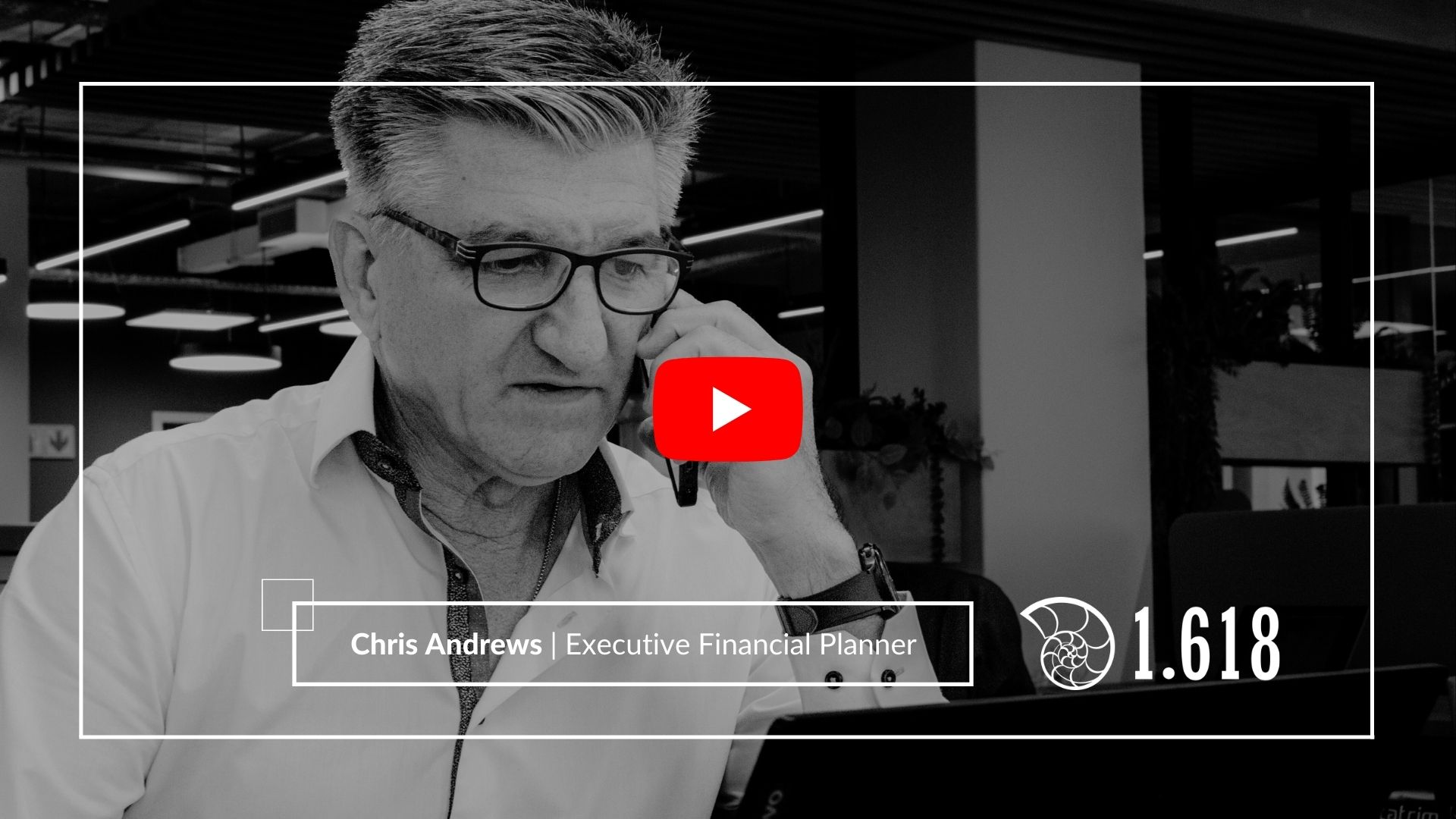Achieving your Goals with a Financial Road Map
Posted in Broker In Your Pocket on Apr 01, 2023

Planning ahead and financial well-being go hand in hand. The good news is that that you can simplify the planning process by creating a financial roadmap, which isn't as big or daunting a task as you might think.
Financial planning is about understanding where you are right now and having a clear picture of where you want to be. It all starts with setting goals. If you know what you want to achieve, you can plan how to get there.
Why You Need a Financial Plan
People who plot their financial future not only achieve higher levels of financial well-being, they also generally feel better about life. Knowing where you want to be and how to get there gives you confidence. Consider making financial plans like installing a GPS before a long trip. Knowing where you're going and having a route planned takes the guesswork out of the journey and increases your chances of arriving on time.
Step 1: Know Where You Stand
A good financial plan should start with where your finances stand. First, ask yourself these questions: How much do you make and how much do you spend? By looking at how much you make and how much you spend, you can better understand where you may be overpaying on non-priority items or underspending things that are more important.
Your wealth can include anything you own, including real estate, a car, or other valuables, as well as investments and cash reserves.
Your liabilities include credit card debt, your home loan, personal loans, and a line of credit.
Your savings include money you've put away for bad times, an emergency fund, or money you've set aside for a specific purpose.
Investments are generally medium to long-term funds.
How are you protected? Purchasing insurance helps minimise financial loss from death, illness, loss of income, or property damage. Estate planning, including drawing up a will, helps minimise financial burdens or complications associated with the death, such as taxes and access to assets. Depending on your age, personal circumstances, and financial goals, you may initially focus on some more than others.
Step 2: Set Goals
Your goals determine your plan. They can include a comfortable retirement, as well as milestones along the way like buying a house, paying for a wedding, and saving for your kids’ education. They may also include goals to help you achieve your goals, such as paying off your debts.
Step 3: Create an Action Plan
Once you have a clear picture of where you are currently and what you want to accomplish, in the short, medium and long term, you can create an action plan to point A to point B. Talking to a financial advisor can help you to focus on the things that matter most and to choose the best options.
Your Action Plan should start by addressing the key financial areas we mentioned above.
•Increase Your Savings
In addition to spending wisely, saving money is key to achieving your goals. Once you have identified your savings goals and how much you need to put aside to achieve them, you can create a savings plan, which includes opening one or more savings accounts and adopting a "pay yourself first" plan. Setting up automatic transfers makes it easy to maintain a savings habit.
•Invest in your future. Investments can help you increase your savings for retirement, a home deposit, or your child's education. Talking to a financial advisor can help you develop an investment plan that relates to your goals, budget, and risk tolerance.
•Have a safety net.
Have a protection plan against financial loss for your assets and investments. Without insurance, the unexpected could derail and ruin your entire savings plan. Protection includes insurance plans, the most common of which to consider are life insurance and property insurance. Estate planning helps you protect your loved ones from unnecessary hardship caused by entirely unforeseen circumstances.
*NB Step 4: Continue Reviewing and Improving**
Your financial plan is too important to leave in a drawer or in a computer file. Consider scheduling an annual check-up with a financial advisor to review it, just as you might see your doctor for an annual check-up. This way, you can assess whether you’re on the right track, and can adjust and improve your plan as needed, or even change direction altogether.
Last step
Contact us to discuss your financial situation, and together we can develop a financial road map for a more secure financial future. We're here to help!
*P.S. Step 4 is the most important!**

